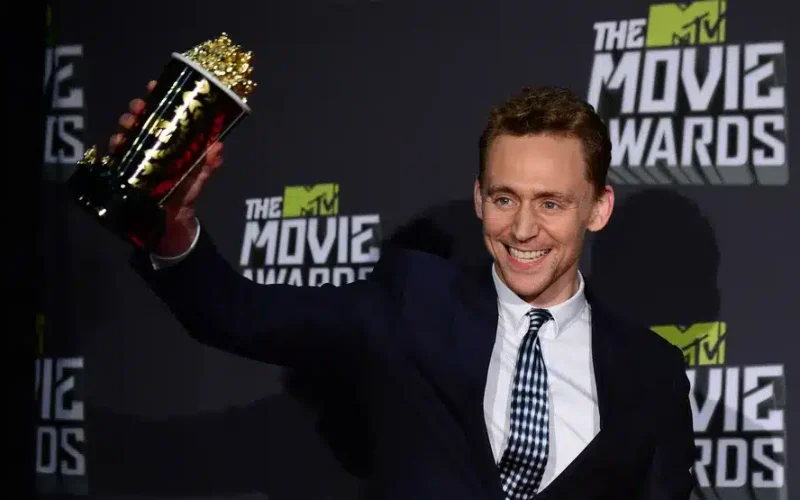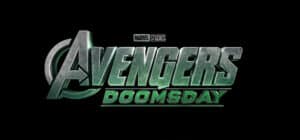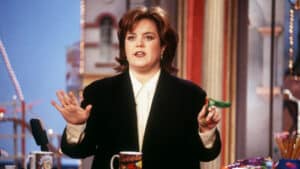For his leading role in Mike Flanagan’s adaptation of Stephen King’s “The Life of Chuck,” Tom Hiddleston underwent extensive and rigorous dance training for several months. The film, which tells the story of Charles Krantz in reverse chronological order, reveals that dancing is a profoundly significant aspect of Chuck’s life, especially leading up to his retirement. This narrative element necessitated a strong emphasis on dance within the production, leading to Hiddleston’s dedication to mastering various styles.
Tom Hiddleston, the Happy Dancer
Director Mike Flanagan was reportedly impressed by a clip of Tom Hiddleston dancing, noting the “completely unfiltered joy” radiating from him. While Hiddleston was recognized as a “good dancer,” it was this pure happiness, rather than just technical prowess, that resonated with Flanagan and secured Tom Hiddleston the part.
Despite being a “noted good dancer,” Hiddleston didn’t just walk onto the set. He committed to a demanding six-week intensive training regimen to prepare for the role. This comprehensive program covered a wide array of dance forms, including jazz, swing, salsa, cha-cha, the Charleston, bossa nova, polka, quickstep, and samba! (My, that’s impressive!) The goal was to pay homage to the diverse influences on Chuck’s life and dancing.
Hiddleston specifically mentioned that they aimed to incorporate elements of classic dancers like Gene Kelly and Fred Astaire (the man was an incredible dancer, you should look him up), as well as Ginger Rogers (another incredible dancer; look up the scene where she and Fred Astaire dance in a park in roller skates, it’s incredible). Stephen King (my hero, as you know!) himself was reportedly very specific about the inclusion of the moonwalk.
Hiddleston acknowledged that some dances came more easily to him than others. He expressed a particular enjoyment for jazz and swing. However, he found bossa nova to be technically challenging, requiring him to truly understand the movement with his hips. The polka, he described as feeling like “a 100-meter sprint,” a “gallop.” He emphasized that the key to these dances was allowing the rhythm to infuse his body, feeling the movement from within, rather than just focusing on external technique. He noted that while some dances were “kinetic dynamite,” others were “much more soft and delicate.” Ultimately, the most crucial aspect of his performance was expressing joy through dancing.
The intensity of his training was evident in the physical toll it took. Hiddleston remarked, “I burned holes in my shoes. I was dancing out on the asphalt in Alabama, and by the time we’d finished, you could see my socks through the soles.” This dedication and hard work ultimately paid off, contributing significantly to what Mike Flanagan has called “a tenacious little miracle of a movie.”
Beyond the general commitment to his six-week intensive dance training, Hiddleston’s preparation for “The Life of Chuck” involved specific collaborations that further honed his performance. He worked closely with choreographer Mandy Moore, known for her work on “La La Land” and Taylor Swift‘s “The Eras Tour,” ensuring the intricate and varied dance sequences were meticulously crafted.
A significant element of the central dance number in the film also involved musician Taylor Gordon, performing under the name The Pocket Queen. Hiddleston, along with co-star Annalise Basso and Moore, collaborated with Gordon to not only create the choreography but also the music itself. This collaborative approach, from drums to steps, allowed the dance to evolve organically, reacting to their instincts and what brought them the most joy.
Mike Flanagan recounted how watching their collective work, especially the moment when they first performed the fully realized sequence, filled him with immense happiness. This collaborative spirit underscores the dedication to not just technical perfection, but also to capturing the unadulterated joy that was so crucial to Chuck’s character and the film’s narrative. Tom Hiddleston’s willingness to immerse himself fully in this demanding process, even to the point of “burning holes in his shoes,” highlights his profound commitment to bringing the multifaceted nature of Chuck’s life, particularly his love for dance, to the screen.








